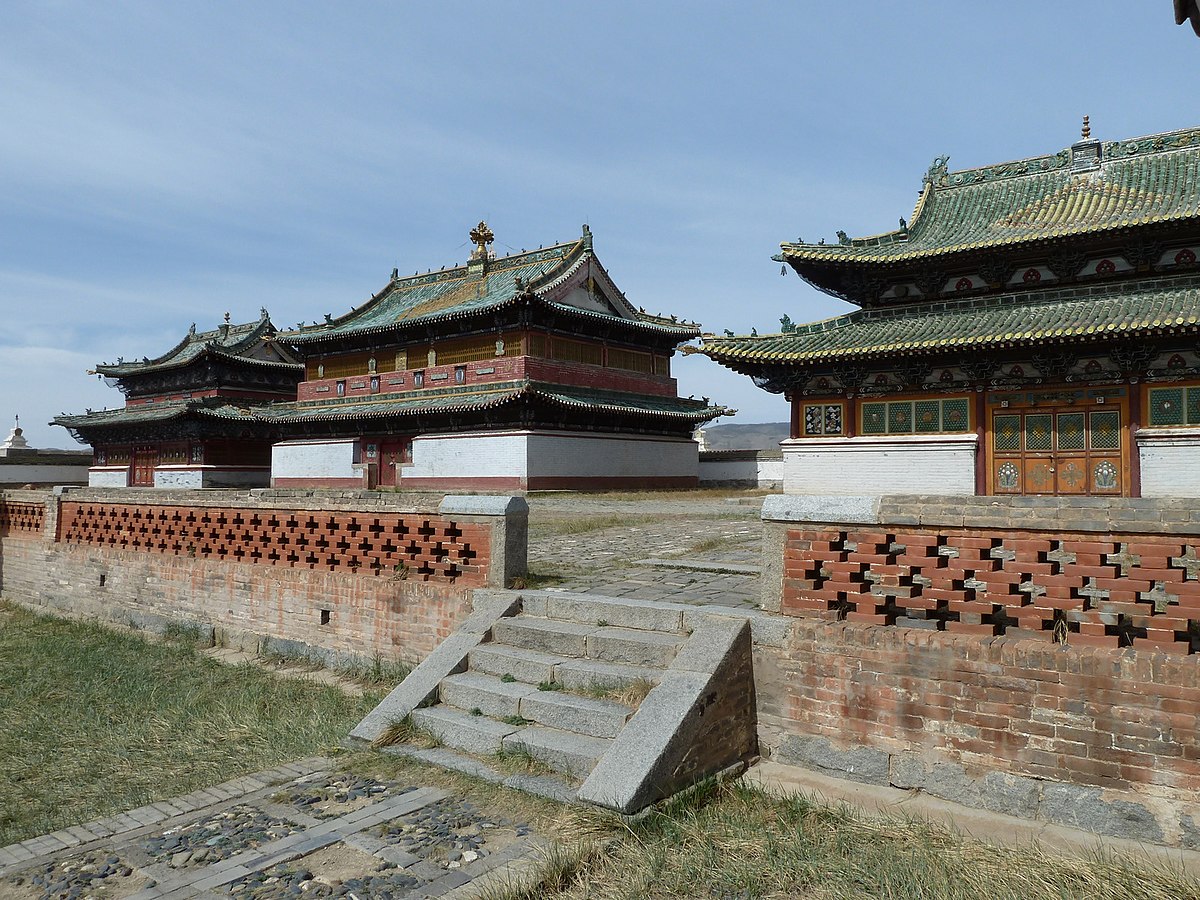The Gobi Desert, spanning across southern Mongolia and northern China, is a unique and challenging environment that is home to a variety of specially adapted animal species. Here are some notable Mongolian animals found in the Gobi Desert:
- Bactrian Camel (Camelus bactrianus): The two-humped Bactrian camel is well-adapted to the harsh conditions of the Gobi Desert. These camels are domesticated for transportation and are also found in the wild.
- Gobi Bear (Ursus arctos gobiensis): Also known as the Mazaalai, the Gobi bear is a rare and critically endangered subspecies of the brown bear. It is adapted to the arid conditions of the Gobi and is one of the rarest bears in the world.
- Gobi Ibex (Capra sibirica): The Gobi Ibex is a subspecies of the Siberian ibex and is well-adapted to the rocky terrain of the Gobi Desert. They have distinctive curved horns and are herbivores, feeding on various plants in the region.
- Saiga Antelope (Saiga tatarica): Although the saiga antelope’s primary range is in the Eurasian steppe, they can also be found in parts of the Gobi Desert. These distinctive-looking antelopes are known for their unusual, tubular-shaped noses.
- *Mongolian Gazelle (Procapra gutturosa): These gazelles are well-adapted to the desert environment and are known for their seasonal migrations across the Gobi. They primarily feed on grasses and herbs.
- Gobi Jerboa (Allactaga sibirica): The Gobi Jerboa is a small rodent adapted to the desert environment. They have large ears and long hind legs, which aid in thermoregulation and swift movement across the sandy terrain.
- Long-eared Hedgehog (Hemiechinus auritus): This nocturnal insectivore is found in the Gobi Desert. It has long ears and a spiny coat, and it feeds on insects, small mammals, and plant material.
- Tolai Hare (Lepus tolai): The Tolai Hare is a common hare species found in the Gobi Desert. It is well-adapted to the arid environment and is a herbivore, feeding on various plants.
These animals have evolved to withstand the extreme temperatures, sparse vegetation, and limited water sources in the Gobi Desert. The region’s diverse wildlife contributes to the overall biodiversity of Mongolia and plays a crucial role in maintaining the ecological balance of the desert ecosystem

















